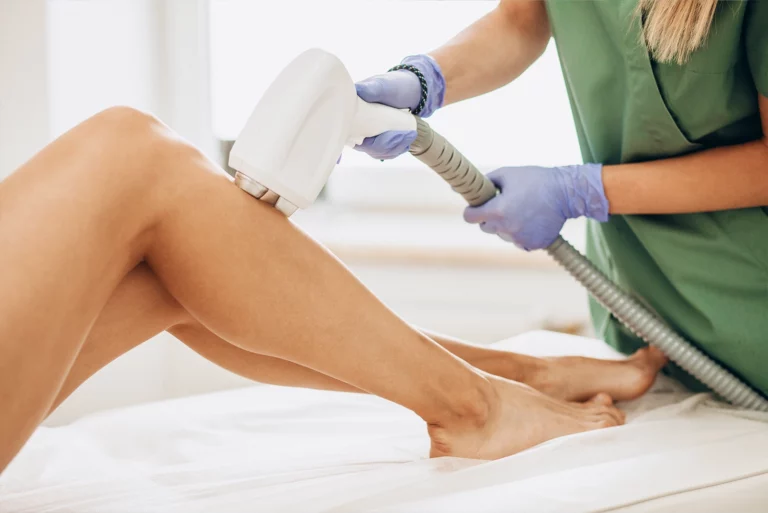IPL (Intense Pulsed Light) hair removal is a popular cosmetic procedure designed to reduce or eliminate unwanted body and facial hair. Unlike traditional methods like shaving, waxing, or plucking, IPL (or laser hair removal) offers a more long-term solution by targeting the hair follicles directly. IPL technology uses a broad spectrum of light wavelengths to target the melanin (pigment) in hair follicles.
When the intense pulses of light are absorbed by the melanin, they are converted into heat. This heat damages the hair follicle, inhibiting or delaying future hair growth. The surrounding skin tissue remains unharmed because the IPL system is designed to specifically target the melanin in the hair without affecting the surrounding skin.
Price Varies On Location

During the treatment, a handheld device delivers short pulses of light to the skin. Patients might experience a mild stinging sensation, but most people tolerate the procedure well without any anesthesia.
While results can vary from person to person, many individuals experience a significant reduction in hair growth after a series of IPL sessions. Some people may achieve long-term hair reduction, while others may need occasional maintenance treatments. Several IPL sessions are typically required to achieve the best results. The number of sessions depends on factors such as the area being treated, hair colour, and thickness. Sessions are usually spaced a few weeks apart to target hair in different growth phases.
IPL systems can be adjusted to target specific hair colours and skin types. This customisation ensures that the treatment is precise and effective, even for individuals with different skin tones and hair colours. Unlike methods like shaving or waxing, which can cause ingrown hairs, IPL reduces the likelihood of ingrown hairs because it targets the root of the hair directly.
Before the procedure, a consultation with a qualified practitioner is essential. They will assess your skin type, hair colour, and medical history to determine the most suitable IPL settings for your individual needs.
After the session, you might experience slight redness and swelling in the treated area. These side effects are generally mild and subside within a few hours to a couple of days.